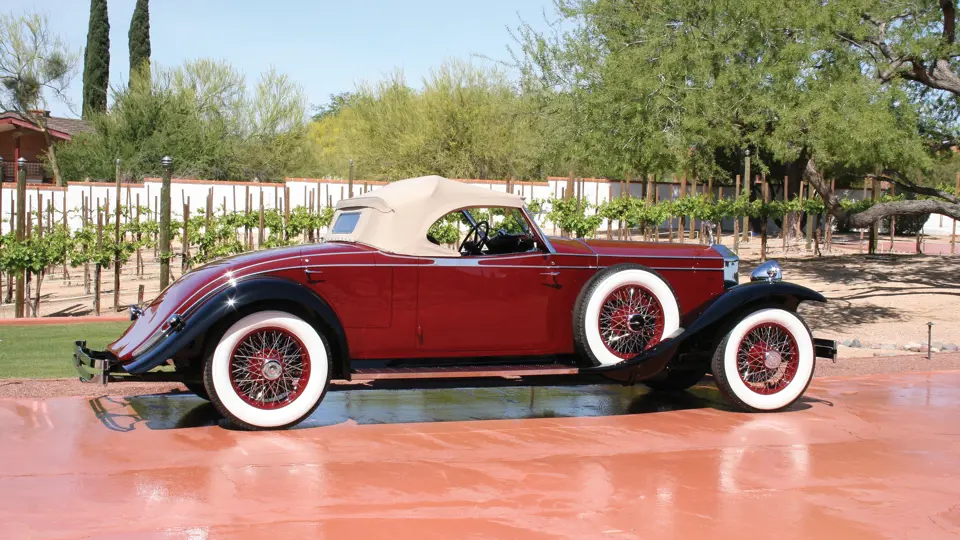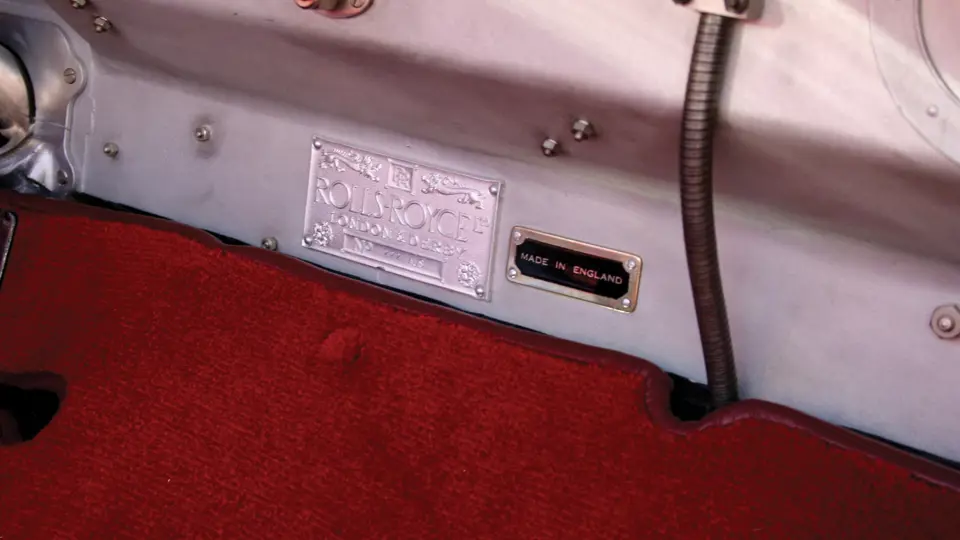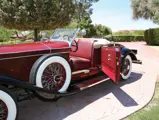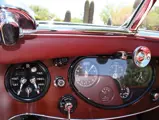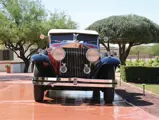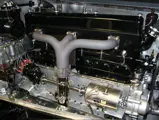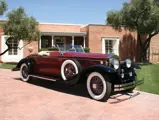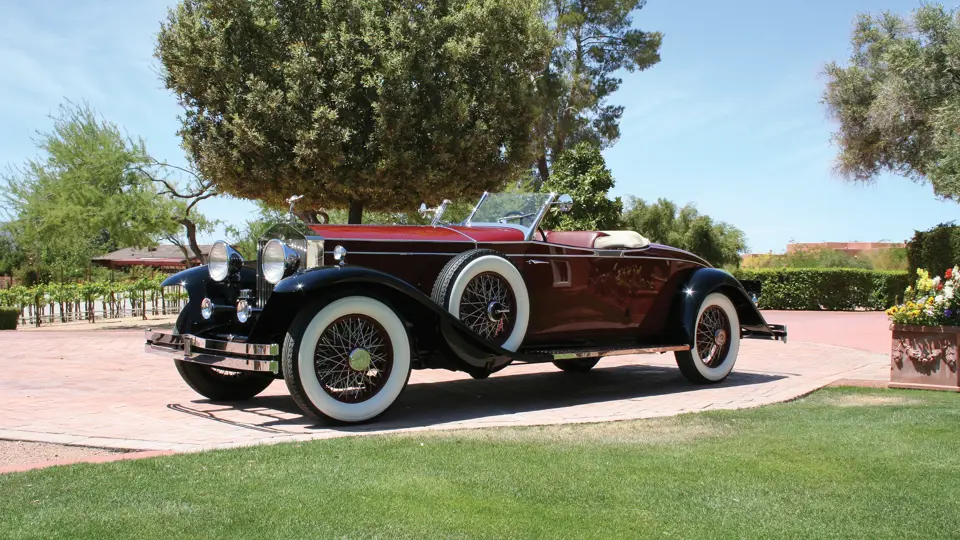
1931 Rolls-Royce Phantom II Henley Roadster in the style of Brewster
{{lr.item.text}}
$451,000 USD | Sold
{{bidding.lot.reserveStatusFormatted}}
- One of the most handsome Rolls-Royces of its era
- This chassis was purchased new by prominent socialite Helen Hay Whitney
- An absolutely outstanding, beyond reproach restoration
- Very high points and major awards in RROC National judging
120 bhp, 7,668 cc OHV inline six-cylinder engine, four-speed manual transmission, front and rear semi-elliptic leaf springs with live rear axle, and four-wheel mechanical drum brakes with power assist. Wheelbase: 150 in.
By 1930, the Rolls-Royce of America operation in Springfield, Massachusetts, knew it was in trouble. The magnitude of the Great Depression was obvious, and as a result, the Springfield manufacturing operation was soon closed, with coachbuilder Brewster becoming the importer-distributor for Rolls-Royce in the United States, under the command of John Inskip.
Rolls-Royce Phantom IIs were now produced in England, with chassis delivered to Springfield and improved for the U.S. market with such advanced features as left-hand drive, thermostatically controlled radiator shutters, a complete “one-shot” chassis lubrication system, easy to maintain chrome-plated brightwork, smaller and more stylish 20-inch wheels, a carburetor air cleaner, and a silenced intake system. Some 125 such chassis were delivered: each a delightful car with an improved top speed, lower chassis, and quieter operation than the earlier Phantom I.
The most striking of the Brewster-supplied bodies for this chassis was the Henley Roadster, a convertible coupe that was considered Rolls-Royce’s premiere “owner-driver” model. This design was distinguished by a beltline that dipped jauntily at the center of the doors, a sporty split windshield, and a long tail with a rumble seat, which had its own door. It was sporty, well-proportioned, and pricey. Only eight examples are believed to have been built.
Chassis number 222 AJS was originally delivered on October 2, 1931, to Helen Hay Whitney, the daughter of American diplomat John Hay, who served as an aide to Abraham Lincoln and, later, the secretary of state under William McKinley and Theodore Roosevelt. Helen later married Payne Whitney, an heir to one of New York’s most socially prominent families. She became well-known as a writer of children’s books and poetry, but she also proved her savvy in the Whitney family’s favorite passion, horse racing. After her husband’s passing in 1927, she took over their Greentree Stables and went on to establish an enviable record of winners through the 1930s.
Mrs. Whitney’s greatest success was Twenty Grand, which, in 1931, became the darling of the press with wins in the Kentucky Derby and Belmont Stakes, narrowly missing out on the Triple Crown by finishing 2nd in the Preakness Stakes. Such amazing performances nonetheless earned the horse that year’s Eclipse Award for Horse of the Year, which added considerably to the Whitney coffers. The Derby win alone scored $50,000, equivalent to well over $700,000 in today’s currency. It is said that at the end of the 1931 racing season, Mrs. Whitney celebrated the success of her prize horse with a treat for herself, this new Rolls-Royce.
Chassis number 222 AJS arrived with St. Martin coachwork by Brewster, and it was a resident of the Whitney carriage house for some time. It was eventually acquired in 1951 by Samuel Rinaker, of Olympia, Washington, and was later passed through the hands of William Coonley and F. Rod Blankley, before being acquired some 20 years ago by its present owner.
A long-time collector and restorer of fine automobiles who has won top awards at all of the major United States concours, the owner set about restoring the car to an elegance that it deserved. Having long lost its original body, new coachwork was appropriate, and in the spirit of the closed “winter” and open “summer” bodies often chosen in the era, the owner selected a Henley Roadster. The body was built using patterns from the coachwork of a Henley Roadster, an excellent original car then in the owner’s care, as a basis; each panel was exactly copied from aluminum, as original, with even the tiniest trim details carefully duplicated.
The result is a car that is as authentically presented as possible, and it very much represents the “summer” form that Mrs. Whitney’s Rolls may have taken, had she so-opted in 1931.
After many years, and 12,500 hours of labor spent on over 300,000 individual components, the Phantom II was completed to incredibly exacting standards, and at the 2013 Rolls-Royce Owners’ Club meeting in San Antonio, Texas, it scored 396 out of 400 points. The owner describes this as being “the best Phantom II chassis and engine currently restored in the world; nothing else comes close,” and apparently the judges agree. The RROC bestowed this car First Place in the Concours class for Phantom IIs, the Virgil Millett Jr. Award for Best American-Bodied Automobile, and the Jack Frost Award for the most popular automobile at the annual meet.
Helen Hay Whitney’s Rolls-Royce, returned to exquisite condition above and beyond period correctness, is the sort of head-turning, awe-inspiring, swift-running thoroughbred that its original owner so greatly appreciated and loved. It stands ready for addition to a new owner’s stable.

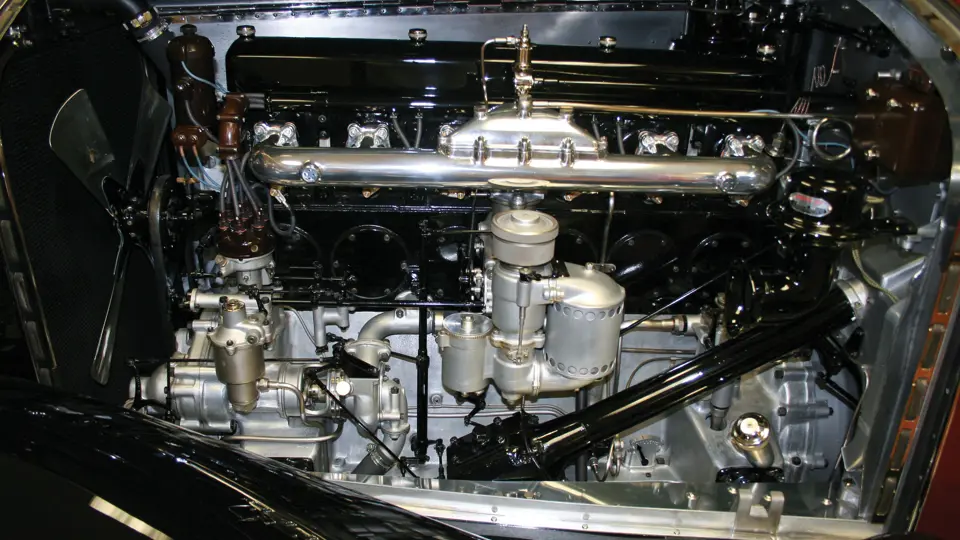


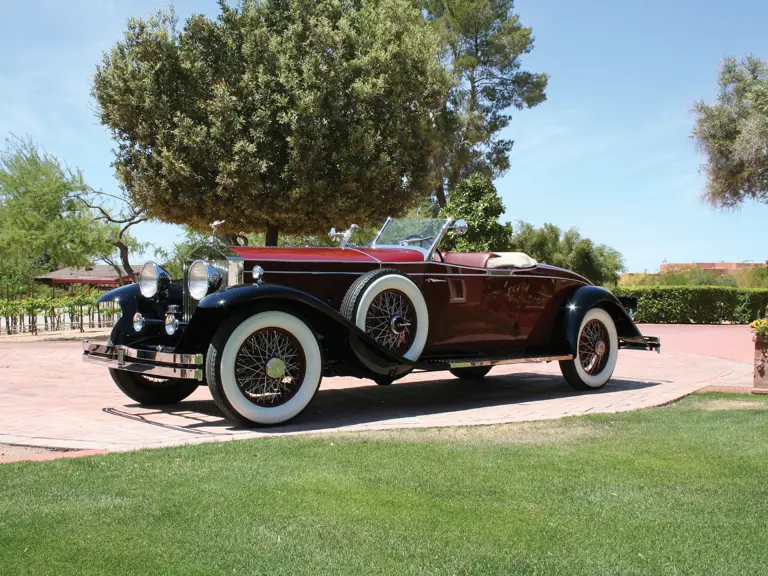
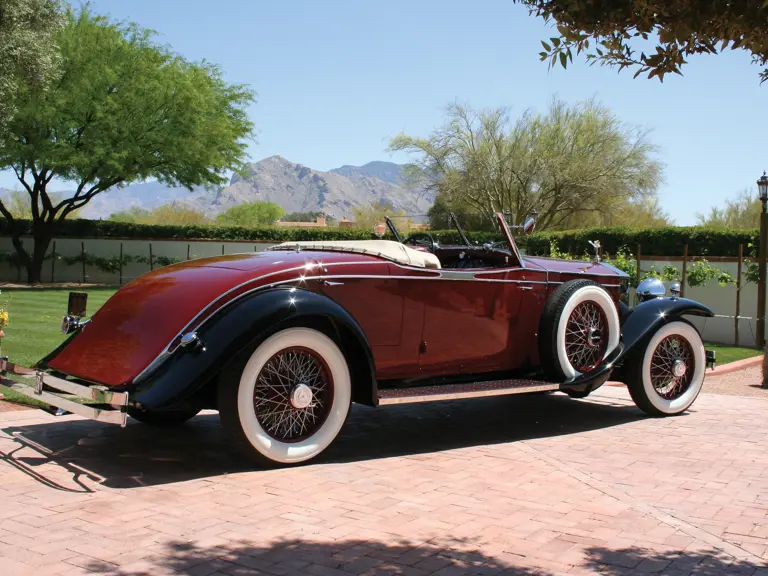
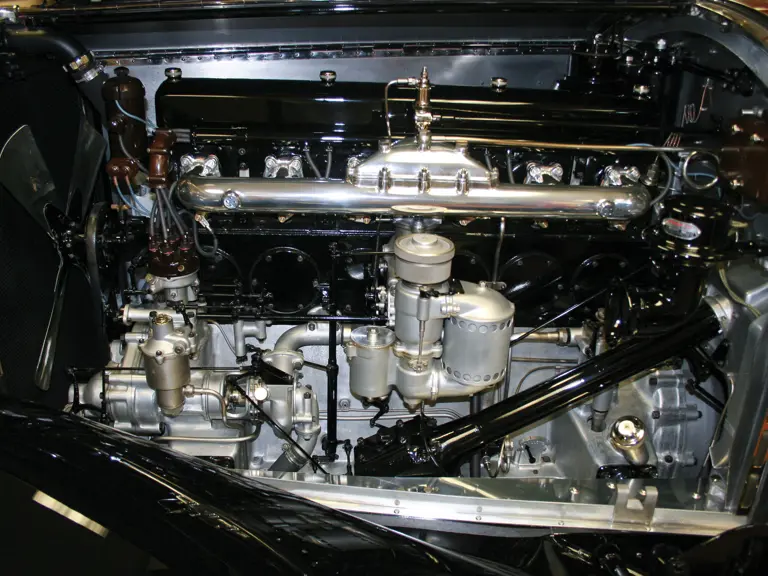
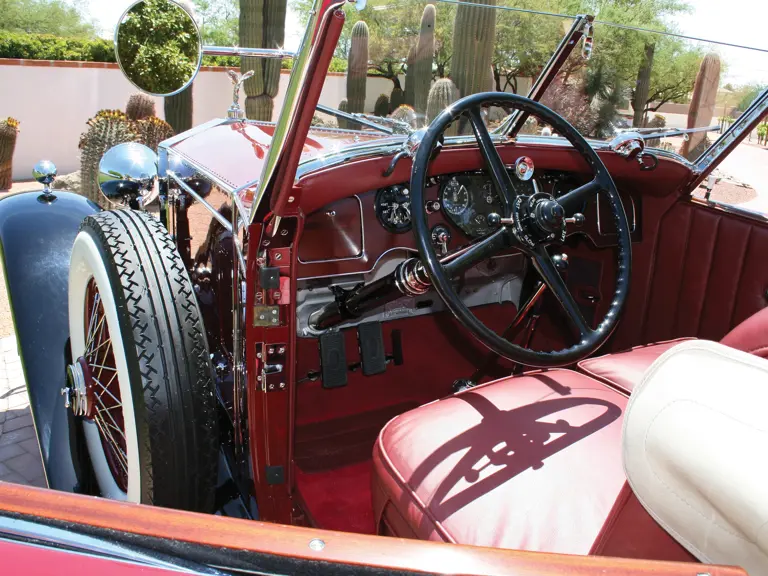
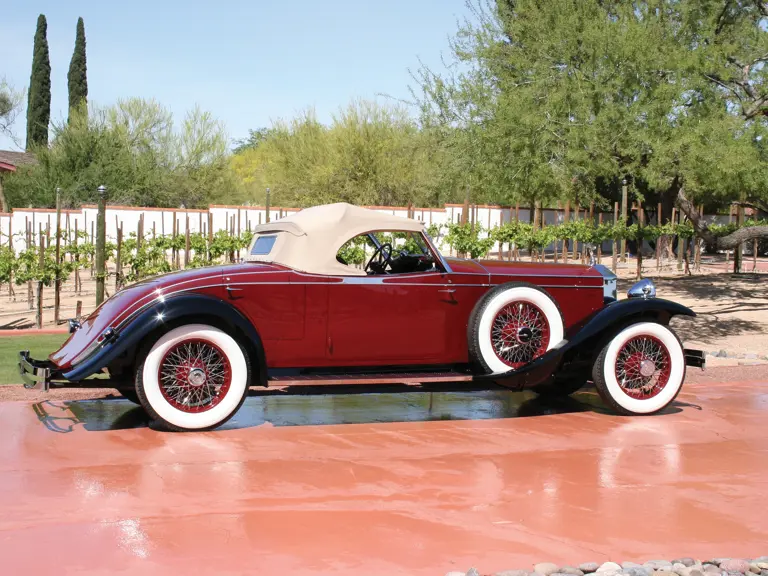
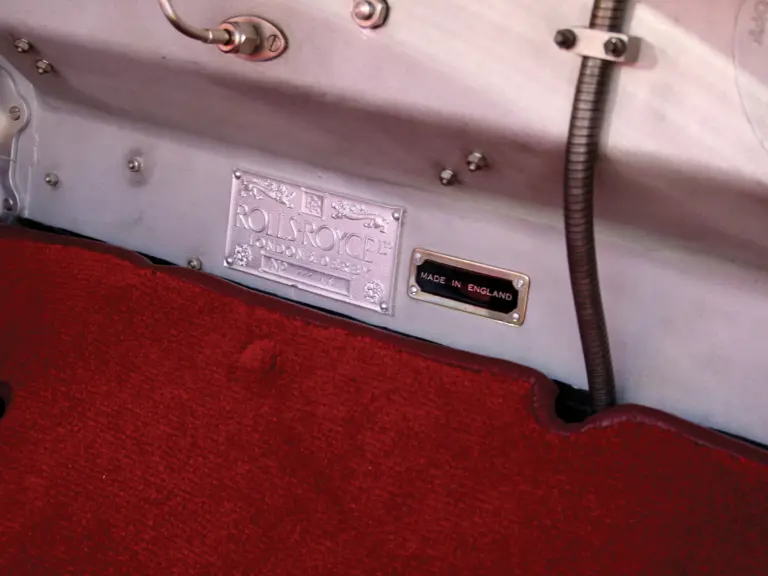
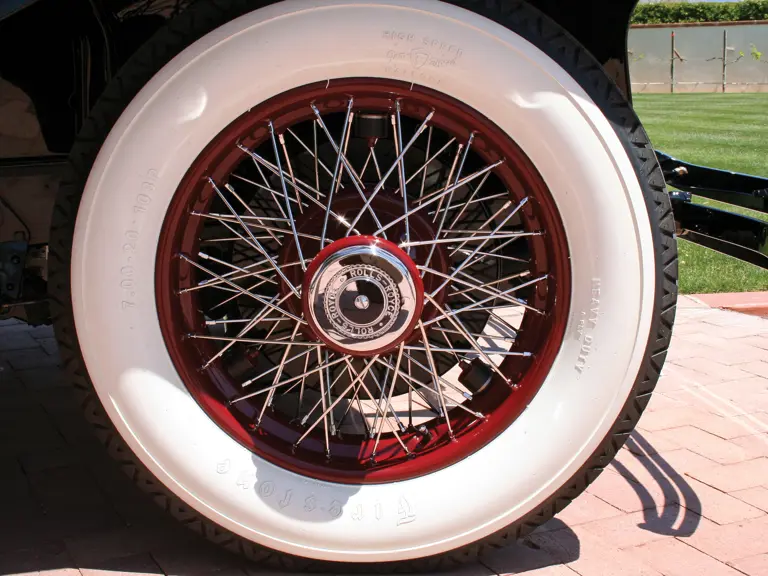
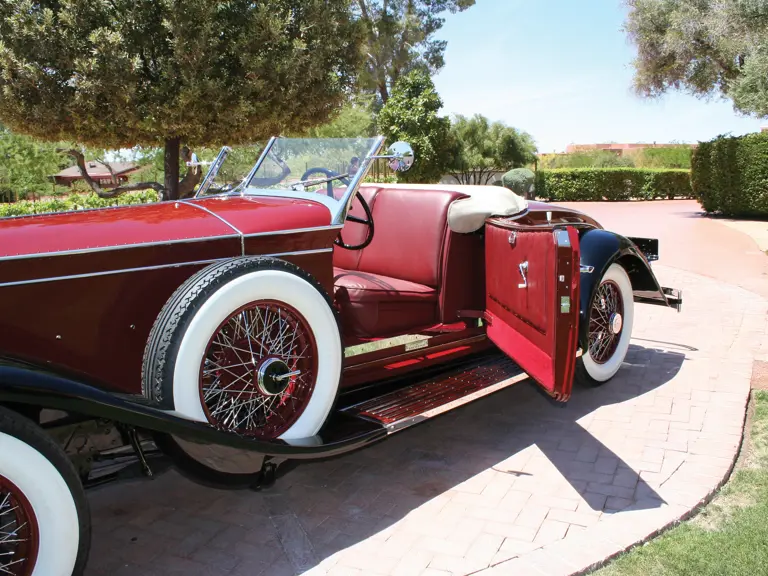
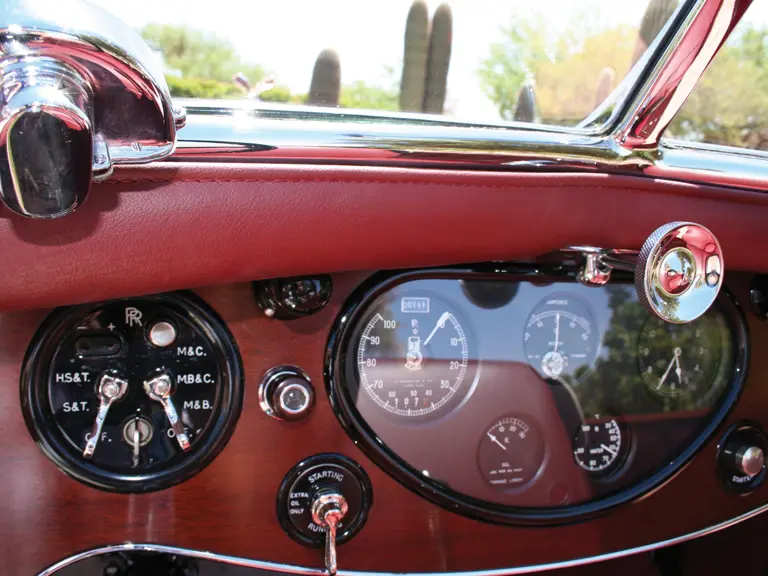

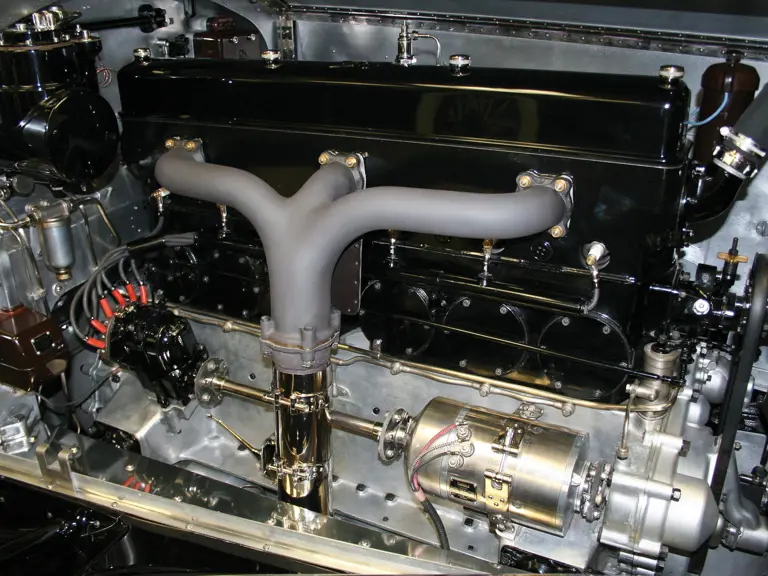


 | Monterey, California
| Monterey, California
